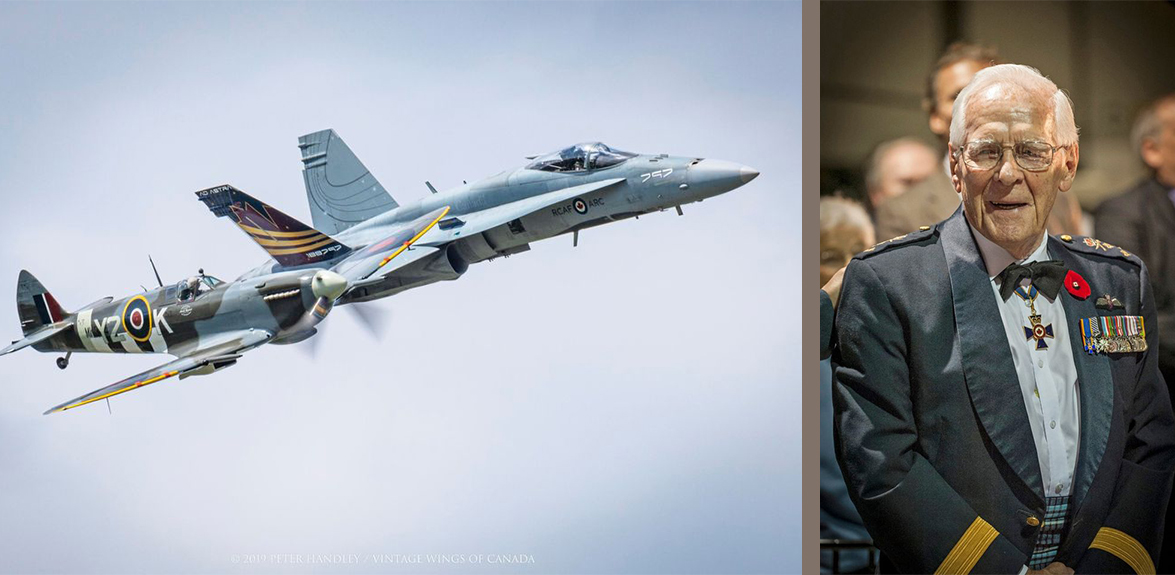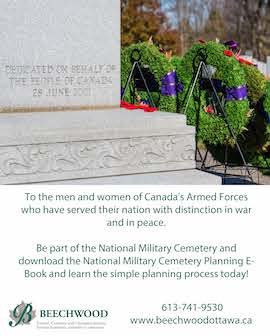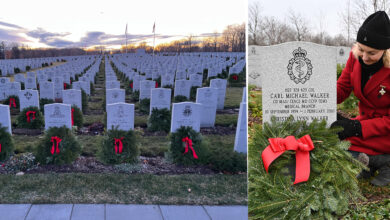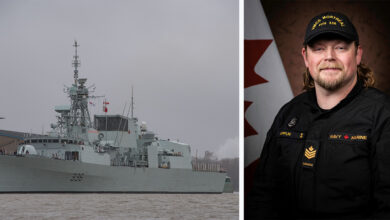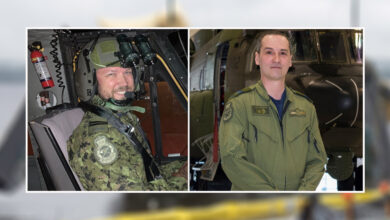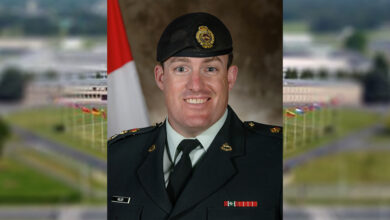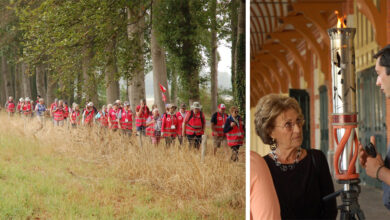Remembering
RCAF honours the “father of the modern Royal Canadian Air Force” with flypasts at memorial service
Above image: On Oct. 31, 2020 a CF-18 fighter jet and Second World War Spitfire aircraft will do a flypast in Ottawa for the late Lieutenant-General (Lt.-Gen.) (ret’d) William “Bill” Carr’s Memorial Service.
A Royal Canadian Air Force (RCAF) CF-18 fighter jet and a Second World War Spitfire aircraft from a partner Canadian Armed Forces organization, Vintage Wings of Canada, will conduct separate flypasts in the National Capital Region (NCR) on Saturday, October 31, 2020.
The flypasts are scheduled to take place around 12:15 p.m. EST over Pinecrest Cemetery, as part of the late Lieutenant-General (Lt.-Gen.) (ret’d) William “Bill” Carr’s Memorial Service, who past away on Oct. 14, 2020. He was 97 years old.
The aircraft will conduct the flypast at an altitude no lower than 500 feet above the highest point of their route before resuming a higher altitude for the remainder of their flight.
The press release noted the RCAF is honoured to participate in the late Lt.-Gen. (Ret’d) Carr’s Memorial service. The flypast holds special significance to the RCAF, as they pay tribute to the first Commander of Air Command, a photo recon Spitfire pilot from the Second World War, and a man who is often referred to as the father of the modern Royal Canadian Air Force.
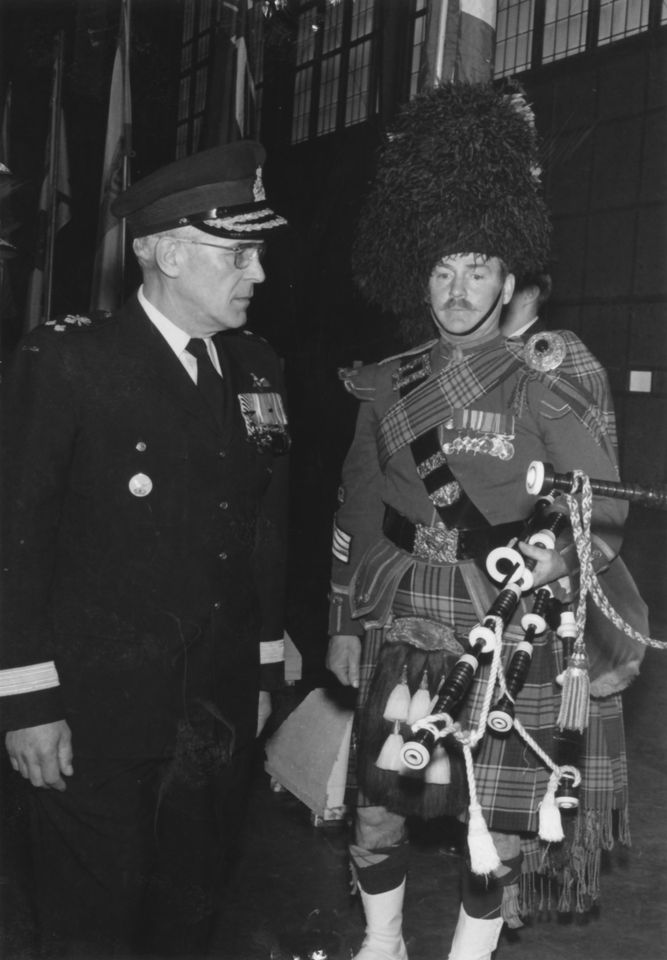
Carr was born in Grand Banks, Newfoundland, on March 17, St-Patrick’s day, 1923. He attended school there and graduated from high school when he was 15. Shortly after, he went on to Mount Allison University and graduated when he was 18 in 1941 when he joined the RCAF.
Carr served in the Canadian Officer Training Corps (COTC) for a couple of years while he worked during the summer months, digging holes in the ground in places like Sussex, New Brunswick. When he enlisted, “I would certainly not join the Army, but instead, I would join the Royal Canadian Air Force,” Carr shared in his interview with the Memory Project.
He served in Malta as part of operations in the Mediterranean Sea. He deployed with the No.9 operational training unit, with photo reconnaissance training on the Spitfire, a British single-seat fighter aircraft. The operations were both strategic and tactical in the way that they were supporting the Army in Sicily and North Africa.
When the invasion of Sicily happened, part of the job was to provide useful maps and target identification while at the same time providing bomb damage assessment from raids that have taken place from England.
Malta particularly had been bombed severely. There was not a blade of grass left in the place or a tree left standing or anything, said Carr.
From Malta, Carr moved further into Italy. They went through Sicily and then into Italy, where they set up on a base, an airfield grass strip, and were sent to the Foggia plain on the east coast of Italy, north of Taranto and Brindisi.
Carr was part of the Northwest African Photographic Reconnaissance Wing, an Allied photo-reconnaissance wing renamed the Mediterranean Allied Photo Reconnaissance Wing at the end of 1943. The Commanding Officer was Colonel L. A. Elliott Roosevelt, President Franklin D. Roosevelt’s son. There was an American wing and an RAF wing.
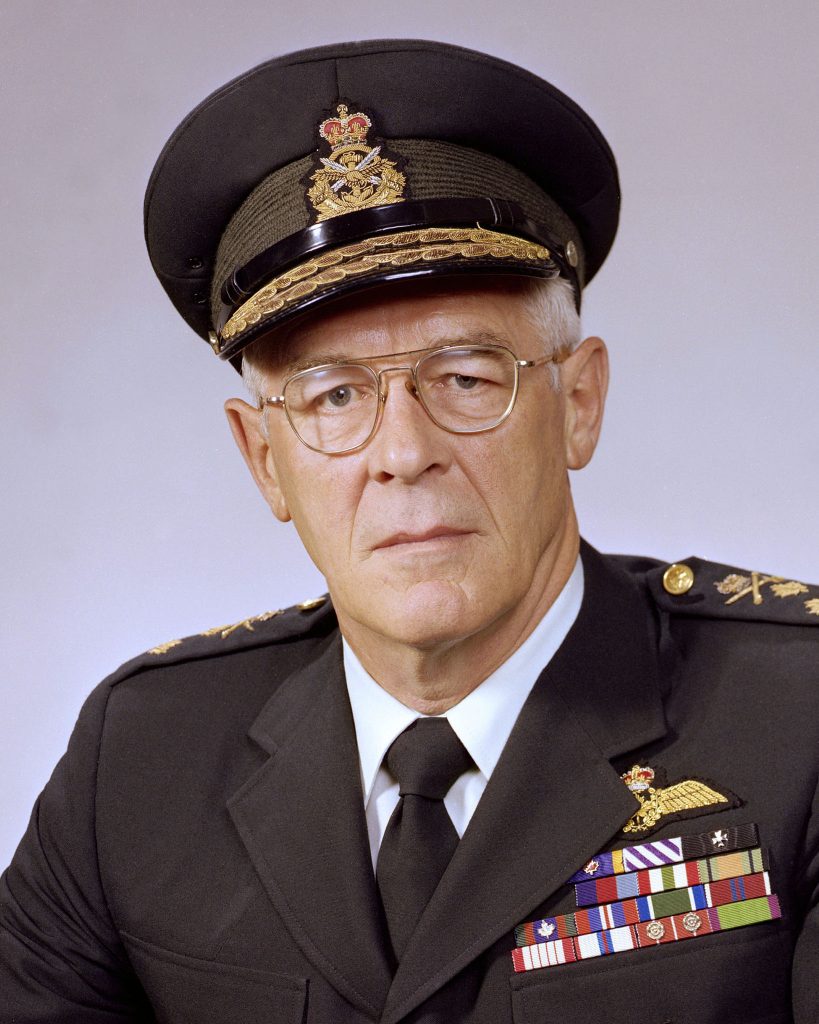
The tours on operations during the Second World War varied between the types of activity they were involved in. In the case of photo-reconnaissance, it was based on the number of hours. For Carr, it was 300 hours on the Spitfire, which was a normal tour. The expected time was approximately a year or a year and a half.
“Every time I flew, it was an interesting event to me… you enjoyed it, it was a challenge, you’re young, you’re full of vim and vigour, you didn’t hate anybody. You were doing what you were supposed to do, which was what everybody else was there for,” said Carr.
LISTEN TO LT.GEN (RET’D) CARR’S INTERVIEW HERE
Carr shared he joined because he was expected to do the same as everybody else, and he did what we had to do.
When he went through Italy, he remembers entering Rome in June 1944.
He noted, they were based on a little strip called San Fransesco, east of Rome, and that’s the only time he ever served on an airfield during the Second World War with a Canadian squadron.
He served with 417 Squadron, the City of Windsor Squadron, Commanded by Group Captain Bert Houle, Distinguished Flying Cross, and Bar. He also remembers when the Battle of Monte Cassino happened, January 17- May 18, 1944.
Flypasts and air demonstrations of Canadian Armed Forces aircraft are conducted in support of special events and are carefully planned and closely controlled to ensure public safety at all times, and are always done subject to weather and other operational considerations.


